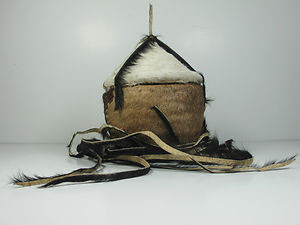| Reportedly helpful in treating diabetes, high cholesterol, obesity and hangovers. Cactus fruit is also touted for its antiviral and anti-inflammatory properties. |
|---|
This is the beautiful, delicious cactus fruit, known in Tigray as beles (pron. bell-less).
While filming in the Agamé region I have found that there is nothing more refreshing when spending the heat of the day lugging gear around than taking a break and enjoying a fresh ripe beles. It is sweet and light and juicy and fresh. And portable!
Desertification and water scarcity are agricultural challenges throughout the region but cactus fruit is versatile, hearty and it thrives in both the
rocky soils of north east Tigray and the
vertisols of the lowlands. The dominant variety in the local market has a yellow pulp and peel.
In 2006 Jacobo & Tegegne found that in Tigray "an estimate of 105.26 metric tons (of cactus fruit) are consumed daily from June to August in the
three most important urban centers, a volume higher than orange and
banana."
Remarkable numbers considering that cactus fruit was used exclusively as livestock fodder for many years. In the last decade it has become increasingly fashionable to snack on. Restaurants and stores have started creating and selling
different cactus based products like: cactus fruit juice,
cactus fruit marmalade and even cactus fruit salad.
 |
| Harvesting cactus fruit on some of Mama Buzu's property in Adigrat |
When I was just starting Good Evidence I visited different community based organizations in Ethiopia, Kenya and Tanzania, filming with some and chatting with others, trying to determine whether
an organization like Good Evidence and the work that it could do would
be of any value. One non-profit I filmed with (but which I
unfortunately was not able to put a video together about because of audio problems) is the REMARKABLE community based organization known as Mums for Mums. Based out of Makale, they're engaged in some innovative, inspiring community led work and you can read more about them here. If you are in the area, I suggest popping by to see all that they do!
It was a few years ago that I visited Mums for Mums and I have fallen out of contact with the crew there, but they used
to have a public awareness nutritional program through which they spread word about the high nutritional value of cactus fruit. They also provided facilities for participants to experiment with different cactus recipes and they published a beautiful little cactus recipe book, available to the
public for a small donation. If you like cactus fruit, it is worth the donation!
Here is a sample recipe from their booklet:
 |
| Cactus Fruit Juice Recipe |
 In Tigray and in the Agamé region there are seasons when there are lots of tasty fruits available. There are mangoes and papaya. Oranges and bananas are widely available. In the highlands there are apples, apricots, almonds and plum trees that have been successfully planted.
In Tigray and in the Agamé region there are seasons when there are lots of tasty fruits available. There are mangoes and papaya. Oranges and bananas are widely available. In the highlands there are apples, apricots, almonds and plum trees that have been successfully planted. 






















.jpg)



.JPG)

